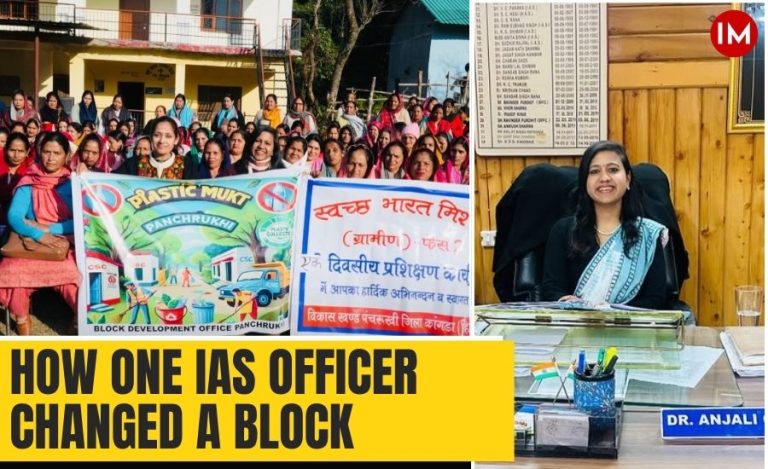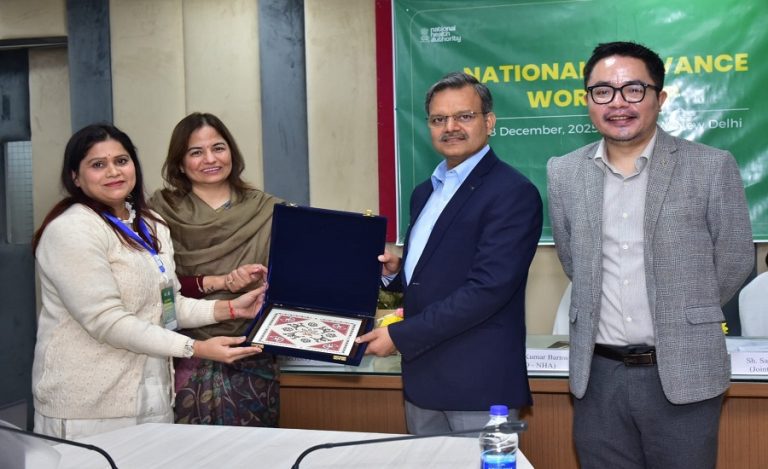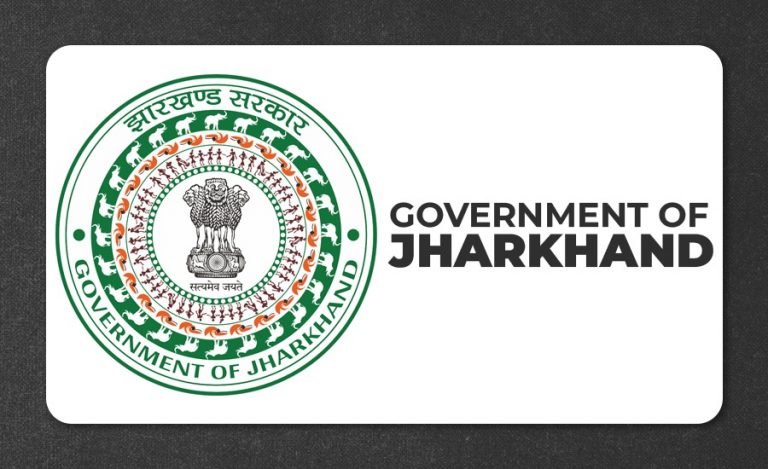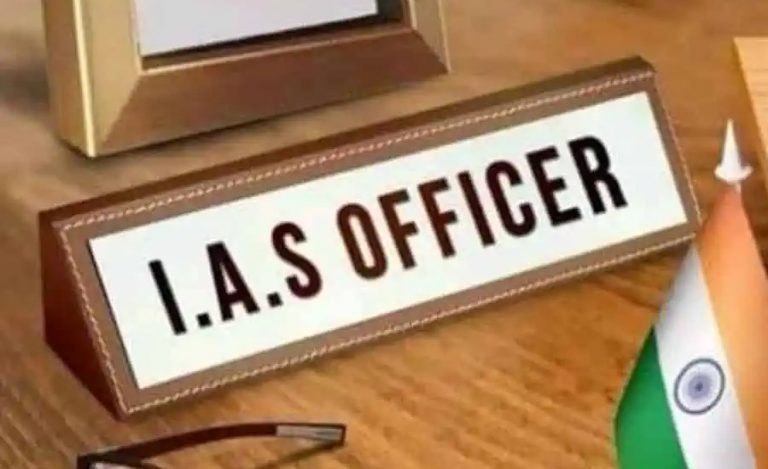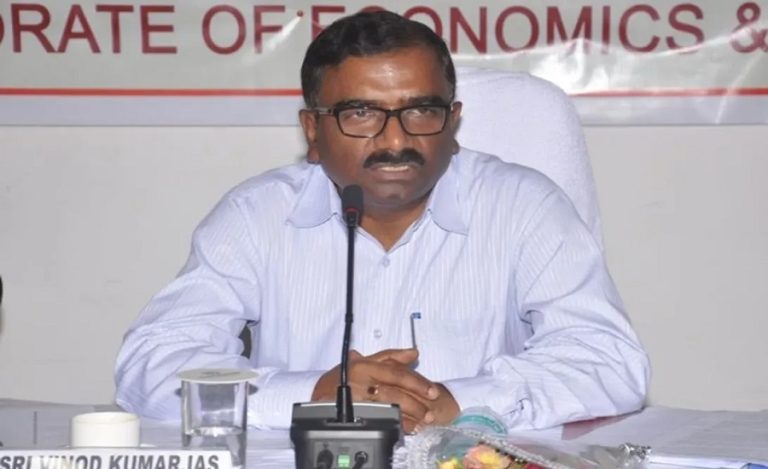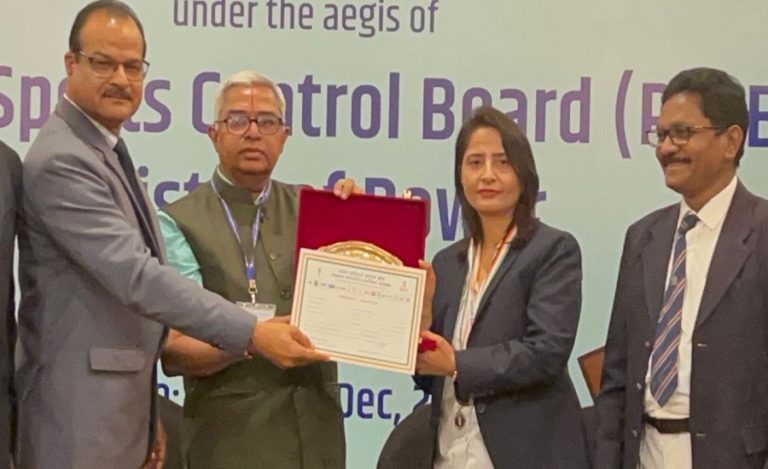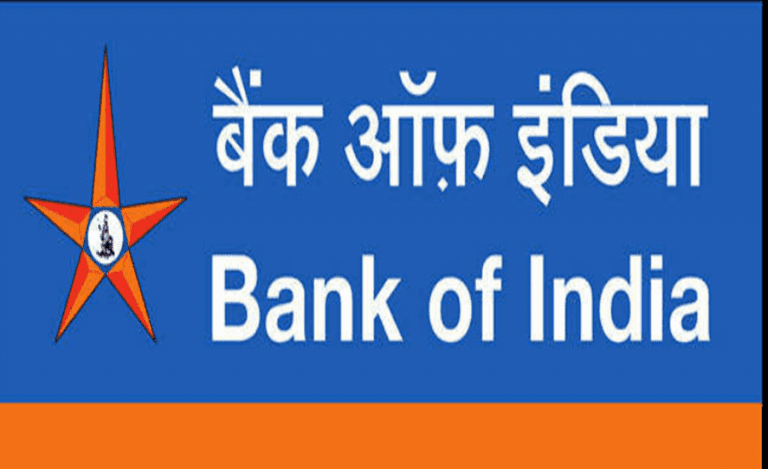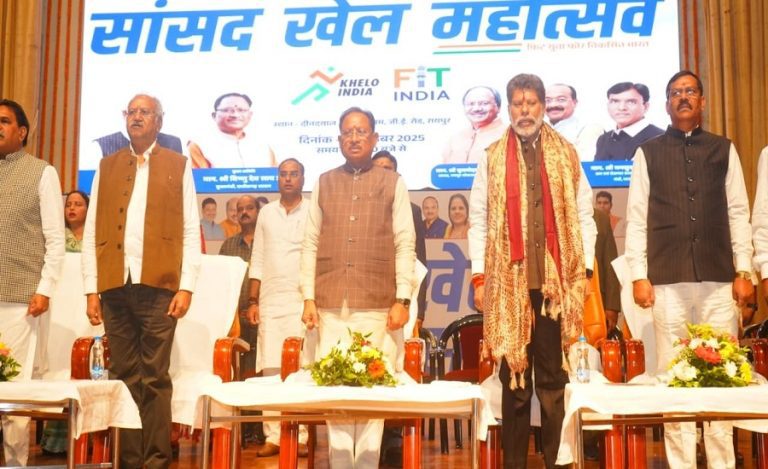Kosi river has often been labelled the curse of Bihar because half of the state, especially the northern parts, are submerged during every autumn displacing lakhs of people and damaging private and public property worth crores. The river originating from Nepal mountains has a short and steep incline, carrying the rain water at a very fast pace, in a very short duration.
Please click here to watch the full interview…
But, the real reason lies elsewhere, says Mr Deepak Gupta who as Irrigation Commission in the undivided Bihar, studied the problem thoroughly trying to find possible solutions. The problem doesn’t lie not in Kosi but in Ganga in which the Kosi merges at Katihar (Bihar). When the Ganga’s water level rises, tributaries like the Kosi and Gandak cannot drain into it, causing widespread flooding. Rainfall from the Himalayas exacerbates the problem, as water breaches embankments and spreads across the plains.
The Kosi Barrage, designed to mitigate floods, faces reduced storage capacity due to siltation. Rising sea levels would worsen the situation, preventing Ganga water from draining into the sea. Tehri dam could play a role as Ganga water level depends on the water released from Tehri dam. Tehri should stop releasing water at least 48 hours prior to heavy rainfall on Nepal mountains. A comprehensive flood management strategy is essential to address these complex and escalating issues.
He also suggests similar solutions to combat climate change and the need for green energy. In the video he also describes tricky situations faced by a district collector – sometimes facing wrath of an angry mob out to lynch a handful of cops or a flash strike by lawyers or how to circumvent the law to get some bonded labourers released.
There are lessons in the interview not only for budding bureaucrats but also for a common man on how to go for out of the box thinking and find simple solutions to complex problems.





